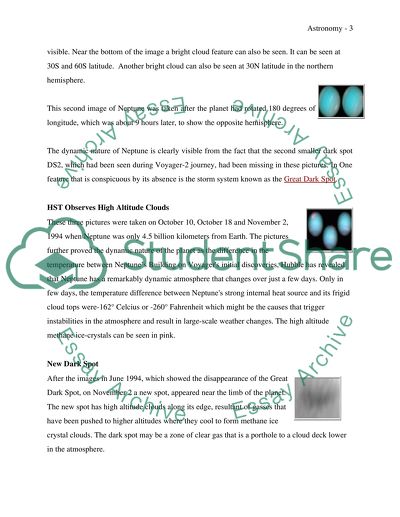Cite this document
(“Neptun Essay Example | Topics and Well Written Essays - 1000 words”, n.d.)
Retrieved from https://studentshare.org/miscellaneous/1504315-neptun
Retrieved from https://studentshare.org/miscellaneous/1504315-neptun
(Neptun Essay Example | Topics and Well Written Essays - 1000 Words)
https://studentshare.org/miscellaneous/1504315-neptun.
https://studentshare.org/miscellaneous/1504315-neptun.
“Neptun Essay Example | Topics and Well Written Essays - 1000 Words”, n.d. https://studentshare.org/miscellaneous/1504315-neptun.


